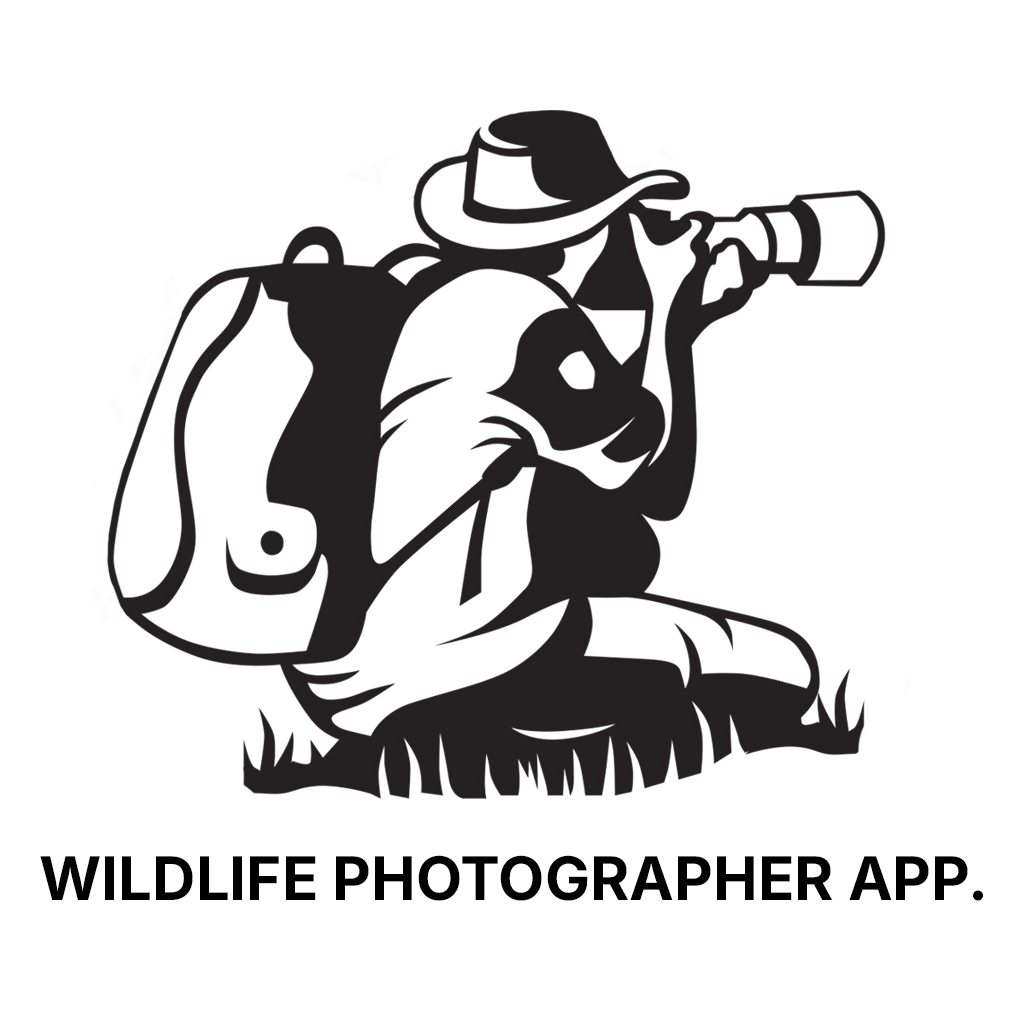Your wildlife photography guide.
Explore the white-banded swallow in detail, study its behavior, prepare your shots.
Where to observe and photograph the white-banded swallow in the wild
Learn where and when to spot the white-banded swallow in the wild, how to identify the species based on distinctive features, and what natural environments it inhabits. The WildlifePhotographer app offers tailored photography tips that reflect the white-banded swallow’s behavior, helping you capture better wildlife images. Explore the full species profile for key information including description, habitat, active periods, and approach techniques.
White-banded Swallow
Scientific name: Atticora fasciata

IUCN Status: Least Concern
Family: HIRUNDINIDAE
Group: Birds
Sensitivity to human approach: Suspicious
Minimum approach distance: 10 m
Courtship display: September to October
Incubation: 14-16 jours
Hatchings: September to November
Habitat:
Tropical forests, rivers, lakes
Activity period :
Primarily active during the day, with peak activity in the morning and late afternoon.
Identification and description:
The White-banded Swallow is a small, elegant bird, easily recognizable by its distinctive black and white plumage. It features a characteristic white band on its wings, contrasting with its black back and white belly. This species is often seen in swift, agile flight over water bodies, where it hunts insects. It is widespread in tropical regions of South America, particularly along rivers and lakes. The White-banded Swallow is a sociable species, often seen in small groups. It builds its nest in natural or artificial cavities, using mud and grass for reinforcement.
Recommended lens:
400mm – adjust based on distance, desired framing (portrait or habitat), and approach conditions.
Photography tips:
To photograph the White-banded Swallow, it is advisable to use a telephoto lens of at least 400mm to capture precise details of its plumage in flight. Choose a location near water, where these birds are often active. Be patient and wait for them to approach for drinking or hunting insects. Use a tripod to stabilize your camera and opt for a fast shutter speed to freeze their rapid movement.
The WildlifePhotographer App is coming soon!
Be the first to explore the best nature spots, track rutting seasons, log your observations, and observe more wildlife.
Already 1 432 wildlife lovers subscribed worldwide

